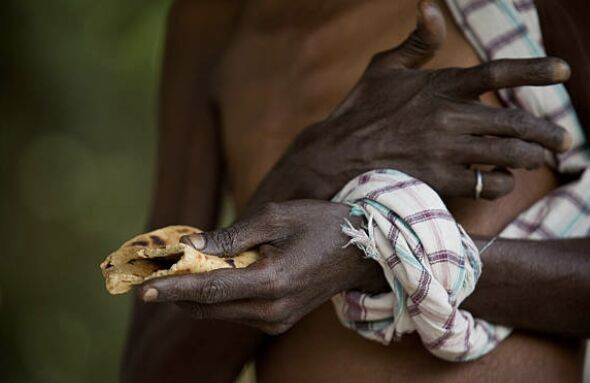India Leads the Way in Multidimensional Poverty Reduction
India has lifted 415 million people out of poverty between 2005/2006 and 2019/2021, according to the UN. Improvements in various indicators show progress, but better poverty data tracking is needed.
A total of 415 million people moved out of poverty in India from 2005/2006 to 2019/2021, according to the United Nations (UN). This is a remarkable achievement for the world's most populous country, as 25 countries, including India, have managed to halve their global Multidimensional Poverty Index (MPI) value within 15 years. In India, the percentage of people who were multidimensionally poor and deprived declined significantly in all indicators. This was true for nutrition, cooking fuel, sanitation, drinking water, electricity, and housing.
Child mortality, in particular, dropped from 4.5% to 1.5%. India was also one of the 19 countries that halved their global MPI value during one period - for India it was 2005/2006–2015/2016. Sub-Saharan Africa and South Asia are home to five out of every six poor people, and two-thirds of all poor people live in middle-income countries. Half of all MPI-poor people are under the age of 18, and 84% of all poor people live in rural areas. Despite these encouraging trends, the lack of post-pandemic data for most of the 110 countries covered by the global MPI restricts the understanding of the pandemic's effects on poverty.
Moreover, data on multidimensional poverty are scarce, and the world needs to make a breakthrough on poverty data to track and intercept the interconnected deprivations that strike poor people in real-time. It is clear that rapid progress is attainable, but it is crucial to consider context-specific multidimensional poverty indices that reflect national definitions of poverty in order to meet the Sustainable Development Goal (SDG) target of halving poverty according to national definitions within 15 years.




